The month of Choitro in the Bengali Calendar witnesses the celebration of the annual Shiva Gajan Festival during the months of March and April. The Bangla word ‘Gajan’ is made up of two words: gram and jann, which literally translates to ‘Village Folks.’ This one-week harvest festival marks the end of the Bengali calendar and is in turn followed by Poila Boisakh, or the beginning of the new year. The festival’s origin has its roots and is celebrated in the villages of West Bengal, mainly in Bardhaman, Bankura, Purulia, Howrah, and Hooghly districts, while its presence is also observed in parts of old Kolkata, in places like Kalighat, Chatu Babur Bazaar in Hedua, and Girish Park area. Gajan starts just after Velvel, another festival celebrated in Bandel gets over.

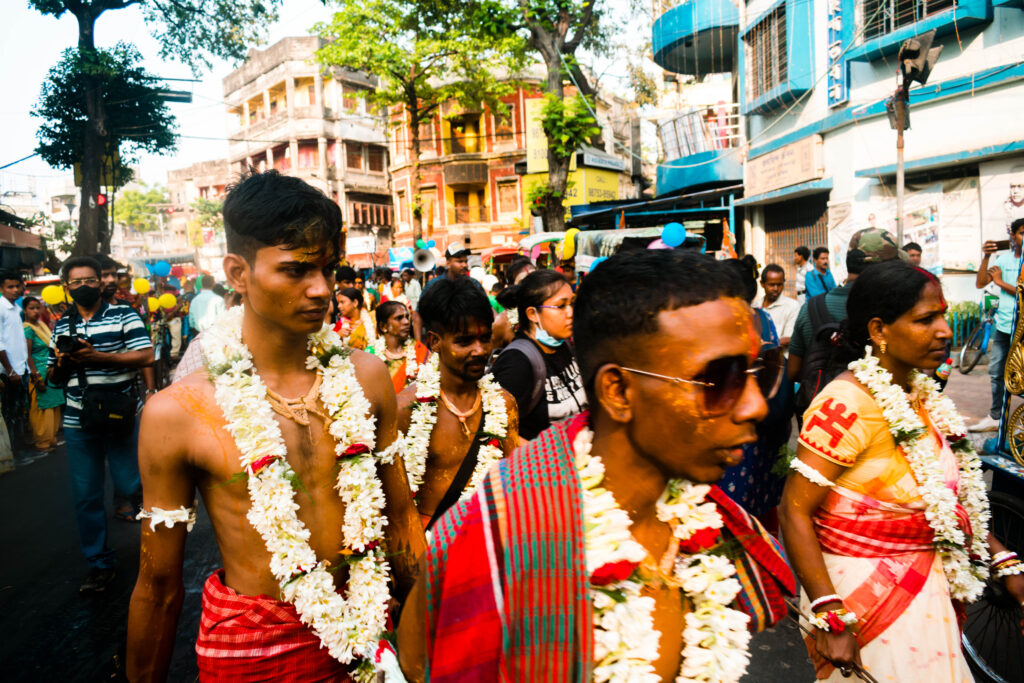
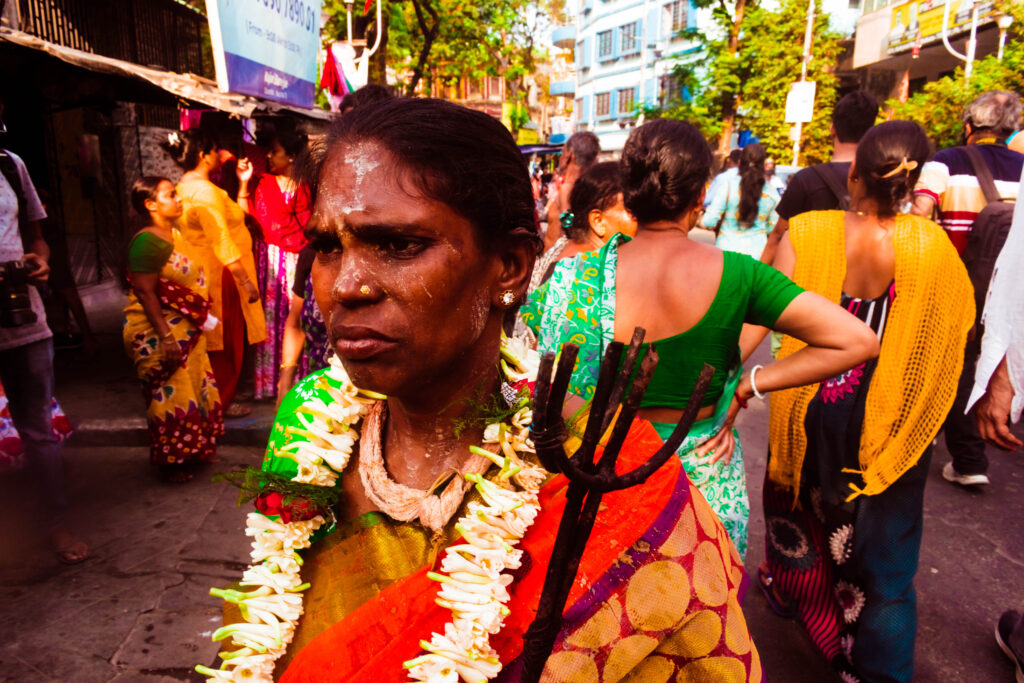
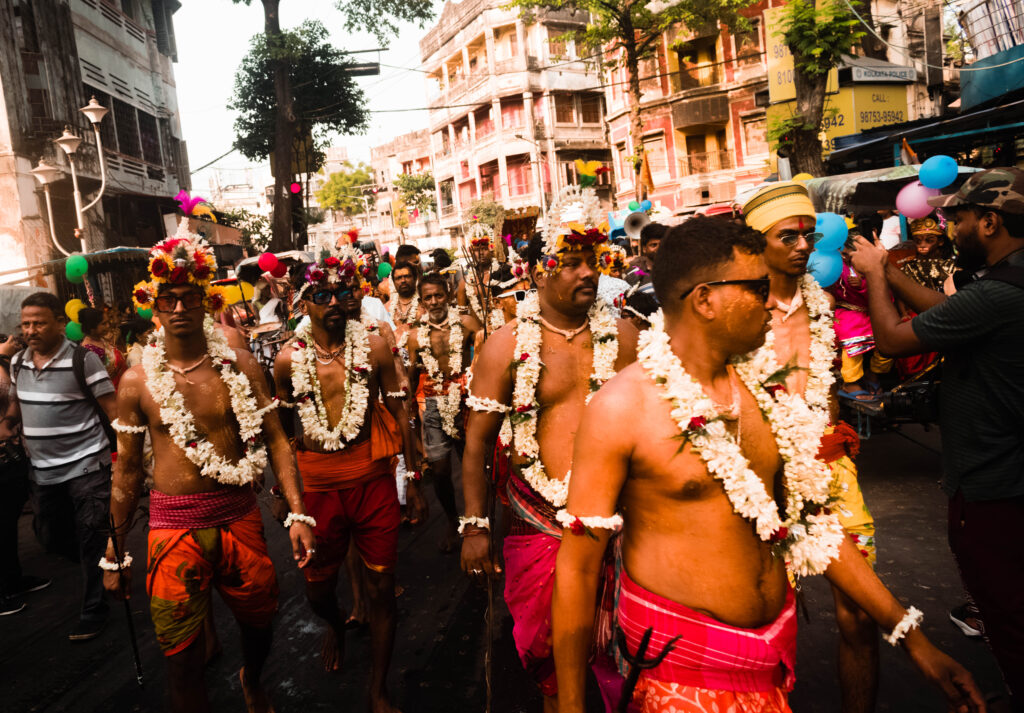

“According to the folklore of Gajan”, explains Mrs. Basana Pal, a member of the Kalighat Potuapara Sitala Mandir, “this Sitala temple dates back almost 160 years. The locals say that the idol was found by someone in the Adi Ganga, a distributary of the Ganges that flows here. Every year thousands of people gather to offer prayers to the Goddess.”
There are rituals that are performed before the commencement of the puja. “Gajan Sanyasis walk barefoot from the Shiva Mandir near Harish Mukherjee Street to Kalighat Temple to offer their prayers to the Goddess. The devotees sacrifice a goat and offer its blood to the Goddess. After that, the Sanyasis start playing with fire as part of the festivities and present their offerings to Lord Shiva till they reach the Adi Ganga Ghat near the Sitala Maa Temple to do the Ganga Puja, a significant ritual in Hinduism during marriage ceremonies. Since Gajan celebrates the marriage of Mahadev with Goddess Harakali, the ritual is done in order to invite Goddess Ganga to the marriage and bless both the bride and the groom,” Mrs. Pal adds.
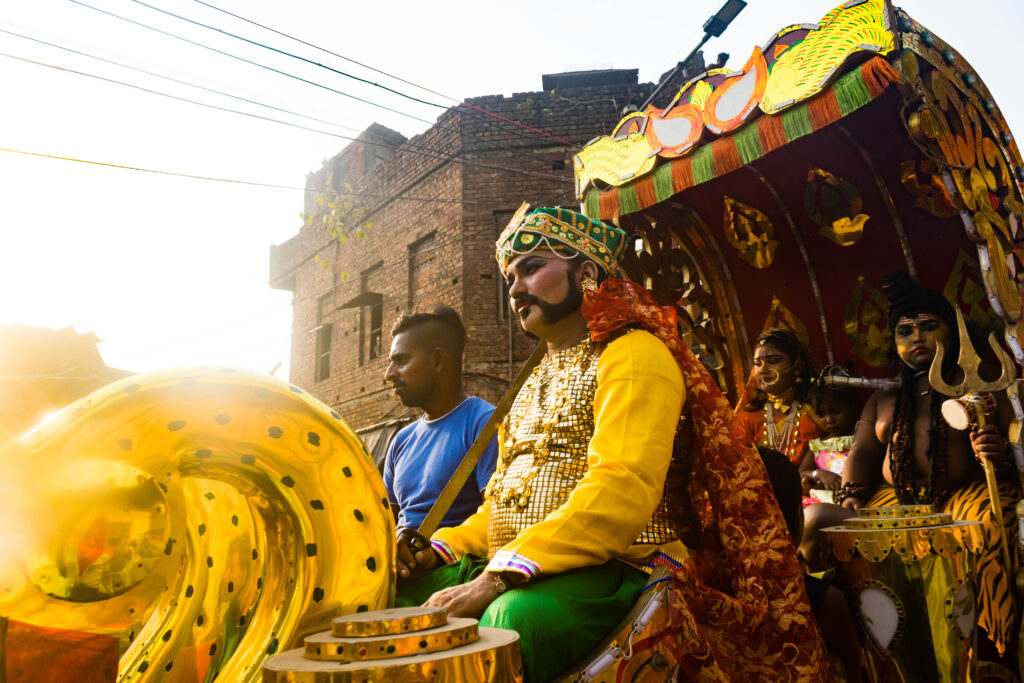



“Following that, the procession goes up to the Sitala Mandir where the marriage ceremony takes place. A fire is lit in the central compound of the temple and a puja is performed to appease Lord Agni, the fire God. After the completion of the marriage ceremony, the procession makes its way back to the nearby Shiva temple from where the procession initially started. The Bhakts or Sanyasis offer milk, curd, water, sandalwood paste, and Bhaang leaves to the Lord here, marking the end of the day’s festivities,” she continues.
This year also, the procession started and passed through the red light area of Kalighat on its way back from the Kalighat Maa Kali Temple. The devotees stopped there for some time as the residents, especially women and children, made their way to offer prayers and celebrate until the procession went past the area to reach the Bhairav Mandir.
The nationwide lockdown in 2020 and the state government initiated lockdown in 2021 in West Bengal resulted in the festival being celebrated on a very small scale and almost snuffing out the festival dependent local economy. However, this year the devotees are returning to the festival and the celebrations to of the “Holy Matrimony” are brighter and happier than ever.


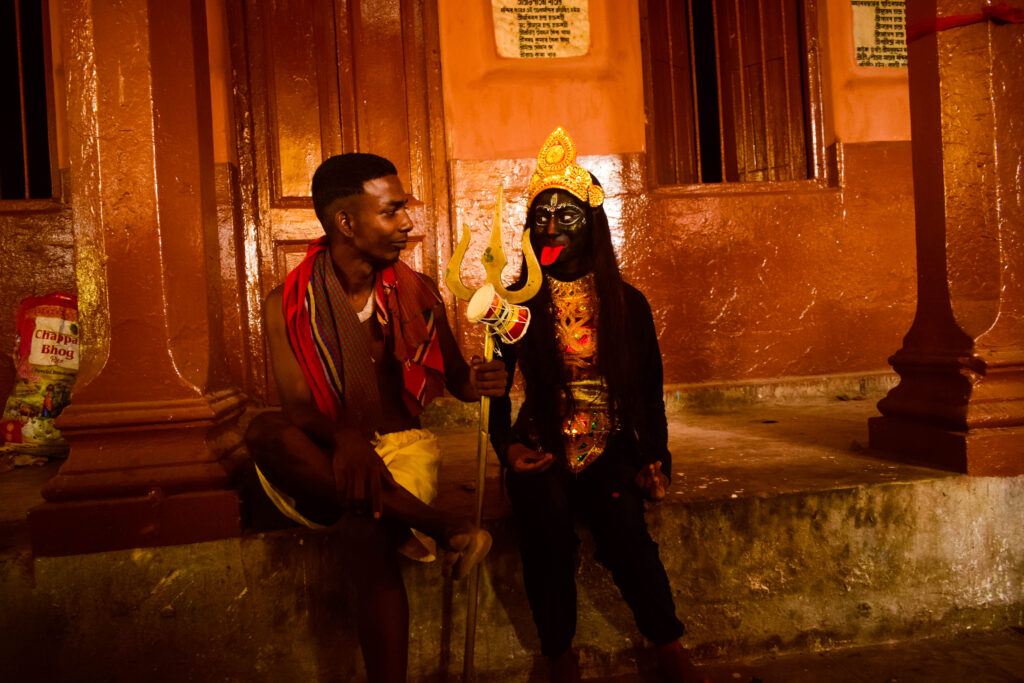
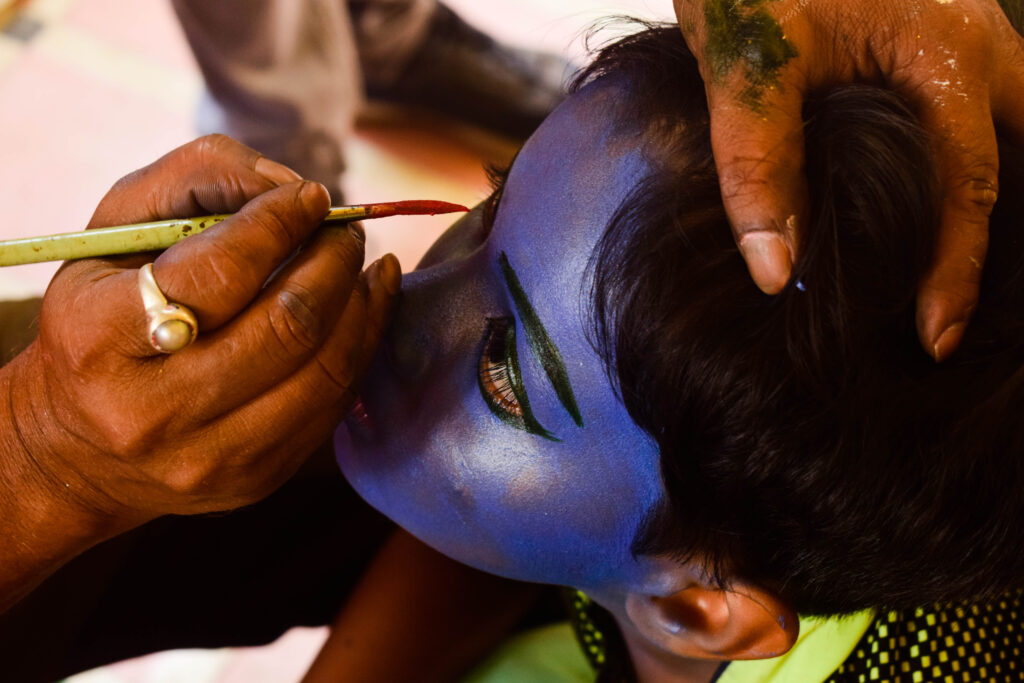
Photos By: Sabyasachi Bandyopadhyay
Edited By: Khushi

